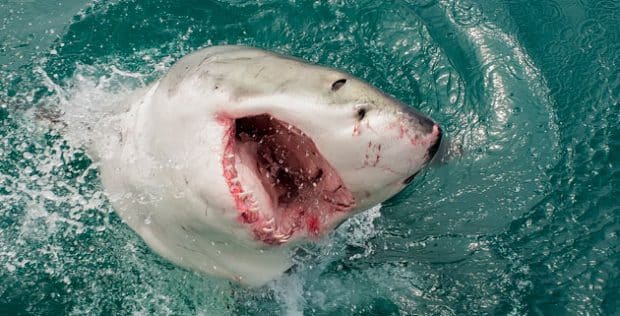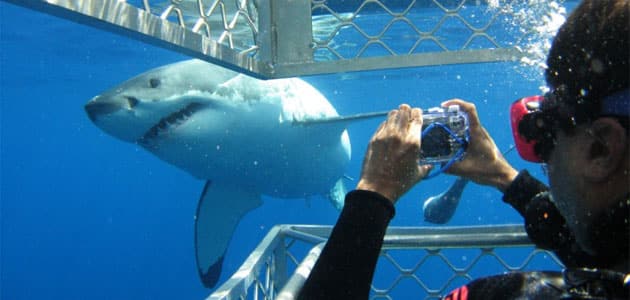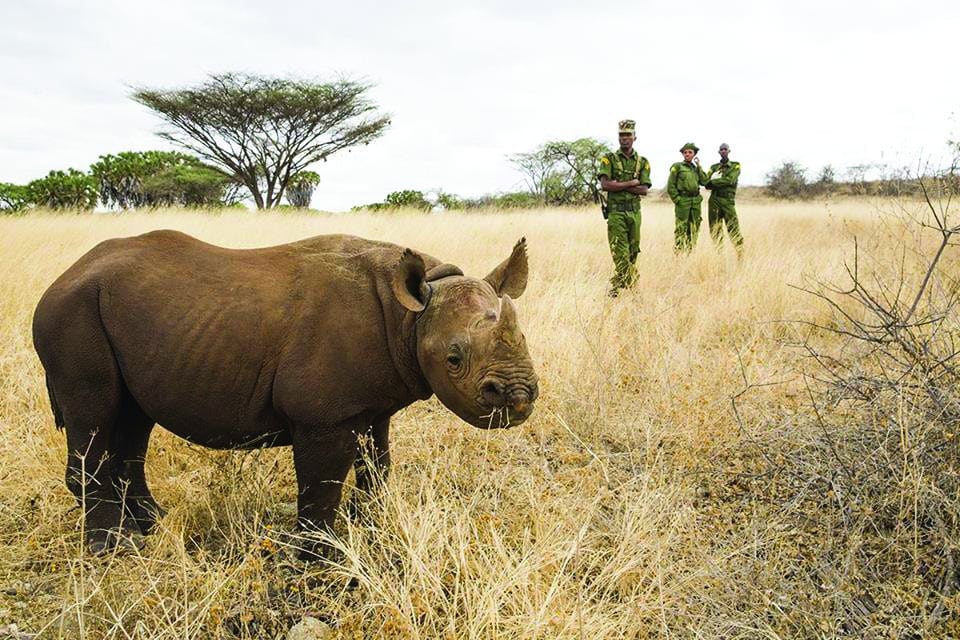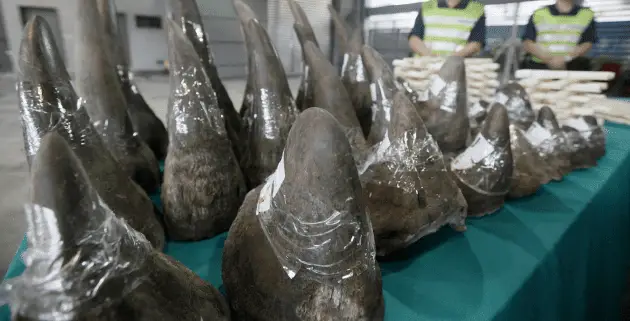Great White Shark Behaviour
Great White Shark Behaviour & Information
Great White Sharks engage in a number of behavioural and social activities, ranging from courtship to complex social behaviour. White sharks are generally very curious; they display intelligence and they even socialize if the situation demands it.
Below are a few common behaviours witnessed by White Shark Projects – a shark diving and shark research operator in Hermanus, which launches its excursion boats from Gansbaai in South Africa:
Gaping
Obviously, sharks do not have arms, legs, hands or feet. What they do have is a mouth, with sharp teeth. A mouth that is capable of immense biting force (1800 pounds per square inch), but also capable of a gentle, inquisitive biting; a way of first testing the object that has caught their curiosity, much like human babies do when they place objects into their mouths to examine them.

Observations are limited as far as white sharks gaping at each other, but it does occur. This behavior is possibly a method whereby individuals gauge the size of their opponents fighting tools.
Spyhopping
Spyhopping is a behaviour also associated with whales. Great White Sharks have developed this behaviour to investigate objects above the surface. Their favourite prey, the Cape Fur Seal, is found on rocky outcrops and spyhopping enables the shark to see where they are. It is an effective hunting tool.
This behaviour is also witnessed around boats, as their natural curiosity sometimes compel the sharks to spy hop around the boat to get a better view of both the boat and the tasty morsels floating within it.
Breaching
A Great White Shark breaching the ocean surface makes for spectacular and breathtaking photos. They are ambush predators and therefore a hunting strategy such as breeching is an efficient technique used to ensure a kill. Seals are very agile and this ambush tactic is the most effective way to ensure a kill.
The Great White Shark only has one opportunity to make the kill, for if the first attack is unsuccessful the seal can generally outmanoeuvre the shark and escape. Great White Sharks are one of Australia’s Deadliest Creatures when it comes to the circle of life in the ocean.
Even though breaching is generally associated with predatory bouts when white sharks hunt seals, they have been observed breaching on other occasions too. The reasons may include communication, displacement behaviour, and removal of parasites, or simply just jumping for joy.
Head Twisting
This behaviour is typically observed between white sharks when they are in an active group of two or more sharks. It has also been observed directed at divers in a cage. It will occur when sharks are swimming parallel towards each other or in the same direction. Either shark or both, will twist its head towards the other and then continue on their original course.
The information here is collected from our team who offer a range of cage diving and share diving adventures. Click here for the list of the best places to scuba dive in Africa.
Inshore/Offshore Migration
White sharks use the South African coastline differently throughout the year. They spend the summer (August to March) very close inshore and during the winter (March to August) they congregate around seal colonies such as those in False Bay, Mossel Bay and Dyer Island.
The exact reasons behind this transition between inshore and offshore migratory behaviour are not entirely clear. There are two possible reasons for these migrations:
- A change in prey: their diet changes from seal pups in the winter at the islands to game fish runs and smaller shark species that use the inshore bays during the summer.
- White sharks possibly give birth and mate in the bay during the summer. They can be seen patrolling the breakers where the water is particularly rich in oxygen. When they stop swimming to mate, they can then revive quicker with the increased oxygen levels.
If you loved learning all about the great white shark behavior, read all about turtles here.
For more information visit www.whitesharkprojects.co.za.









